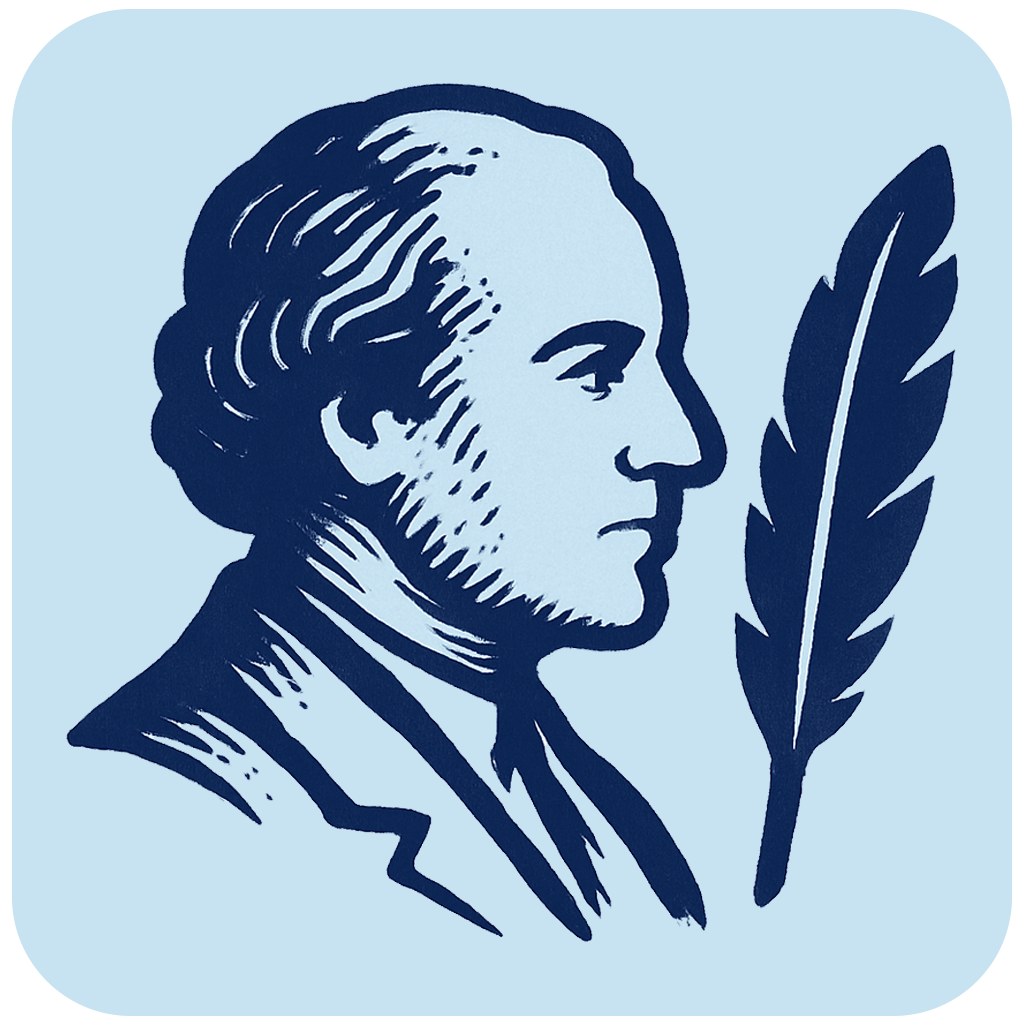Ray R. Larson
Ray R. Larson (1951-2017) was an American information retrieval system designer.
Life
Ray Reed Larson was born on November 6, 1951 in Fullerton, California. He received a BA in English and comparative literature in 1974 and an MS in library science at California State University, Fullerton and worked at the Fullerton public library. He received a Graduate Certificate in Library Automation and Information Science in 1979 and a PhD in 1986 at the University of California, Berkeley, School of Library and Information Studies.
In 1984 he joined the faculty of Berkeley's School of Library and Information Studies (later the School of Information). He was an active participant in several conferences on the comparative evaluation of retrieval systems, including geographic information retrieval, cross-language information retrieval, and structured XML retrieval using probabilistic methods. He retired as emeritus professor in 2016 and died a few months later on June 17, 2017.
Contributions
His doctoral dissertation, entitled “Workload Characteristics and Computer System Utilization in Online Library Catalogs,” examined the optimal balancing of workload on the computer and effort by the human searcher. It drew on his work on the MELVYL online library catalog.
After working on the development of University of California MELVYL union catalog, he spent the rest of his life developing an evolving system that he named CHESHIRE, an acronym for California Hybrid Extended SMART for Hypertext and Information Retrieval Experimentation. This work was supported by several grants and long-term collaborations with Michael K. Buckland, Fredric C. Gey, Robert Sanderson, Paul Watry and others.
A key component of his work was "classification clustering" which, when given a book title, would use probabilistic techniques to propose a Library of Congress Classification number. This approach was found to generalize to the creation of mappings between any pair of vocabularies for which training sets were available and so could serve as a rapid and very economical form of search term recommender service for use with unfamiliar vocabularies.
Publications
More than 110 publications are listed by dblp. [1]
- Between Scylla and Charybdis: Subject searching in the online catalog." In Advances in Librarianship 15 (1991): 175-236.
- "Classification clustering, probabilistic information retrieval, and the online catalog." Library Quarterly 61, no. 2 (1991): 133-173.
- "The decline of subject searching: Long‐term trends and patterns of index use in an online catalog." Journal of the American Society for Information Science 42, no 3 (1991): 197-215.
- "Experiments in automatic library of congress classification." Journal of the American Society for Information Science 43, no. 2 (1992): 130-148.
- "Bibliometrics of the World Wide Web: An Exploratory Analysis of the Intellectual Structure of Cyberspace." In: ASIS '96. Proceedings of the 59th ASIS annual meeting, 1996, Vol 33. Medford, NJ: Information Today for the American Society for Information Science, 1996, pp 71-78. [2]
- "Geographic information retrieval and spatial browsing." In: Geographic information systems and libraries: patrons, maps, and spatial information [papers presented at the 1995 Clinic on Library Applications of Data Processing, April 10-12, 1995]. [Urbana], IL: Graduate School of Library and Information Science, University of Illinois at Urbana-Champaign, 1996, pp 81-123. [3]
- "Mapping Entry Vocabulary to Unfamiliar Metadata Vocabularies." With others. D-Lib Magazine 5, no. 1 (Jan 1999). [4]
- "Grid-based digital libraries: Cheshire3 and distributed retrieval." With Robert Sanderson. In: Proceedings of the 5th ACM/IEEE-CS joint conference on Digital libraries. 2005 pp 112-113. [5]
- "Search Across Different Media: Numeric Data Sets and Text Files." With others. Information Technology and Libraries 25, no 4 (Dec 2006): 181-189. [[6]]
- "Geographic Search: Catalogs, Gazetteers, and Maps." With others. College & Research Libraries 68, no. 5 (Sept 2007): 376-387. [7]
Honors
American Association for the Advancement of Science. Fellow, 2002.
